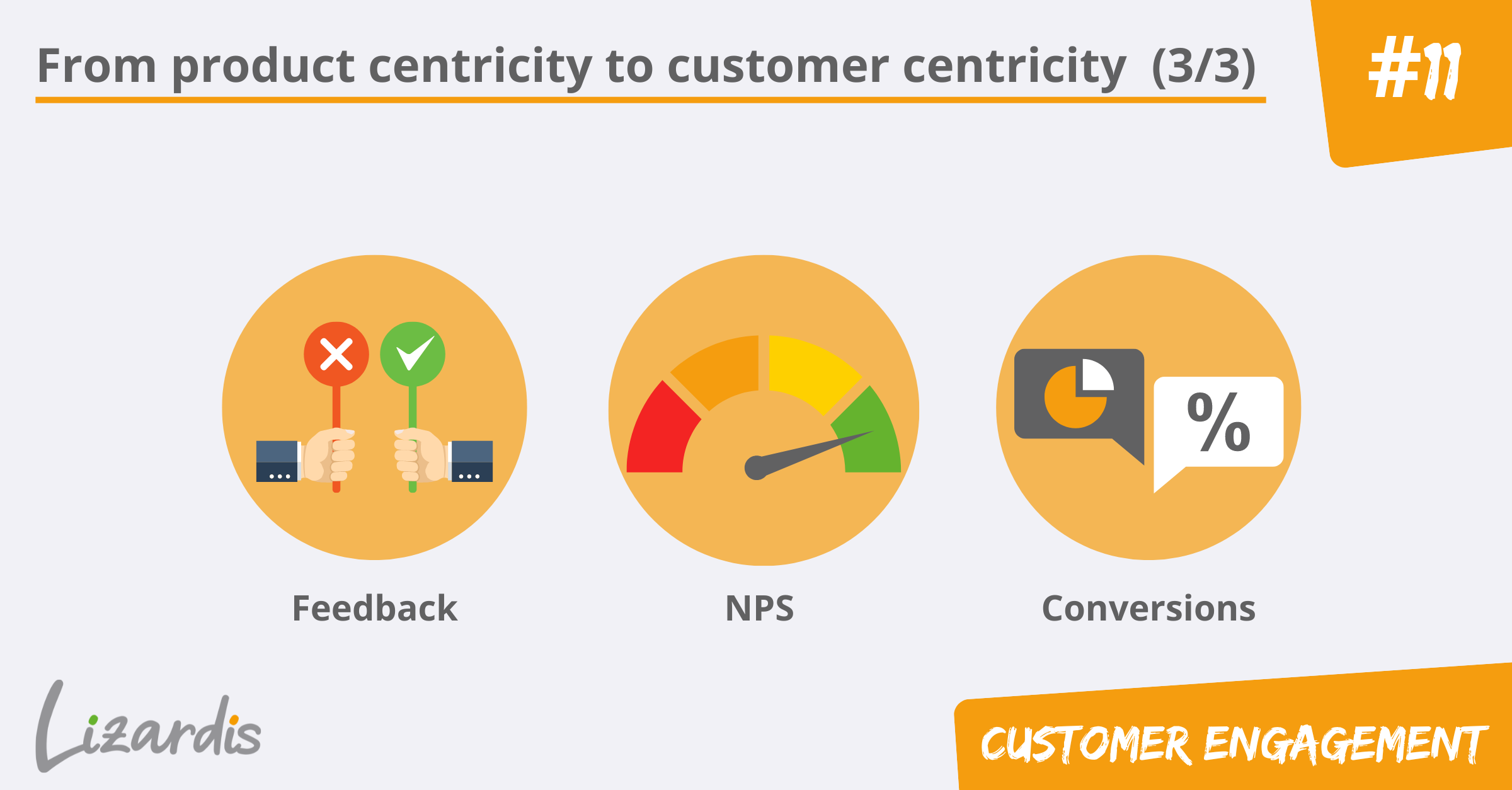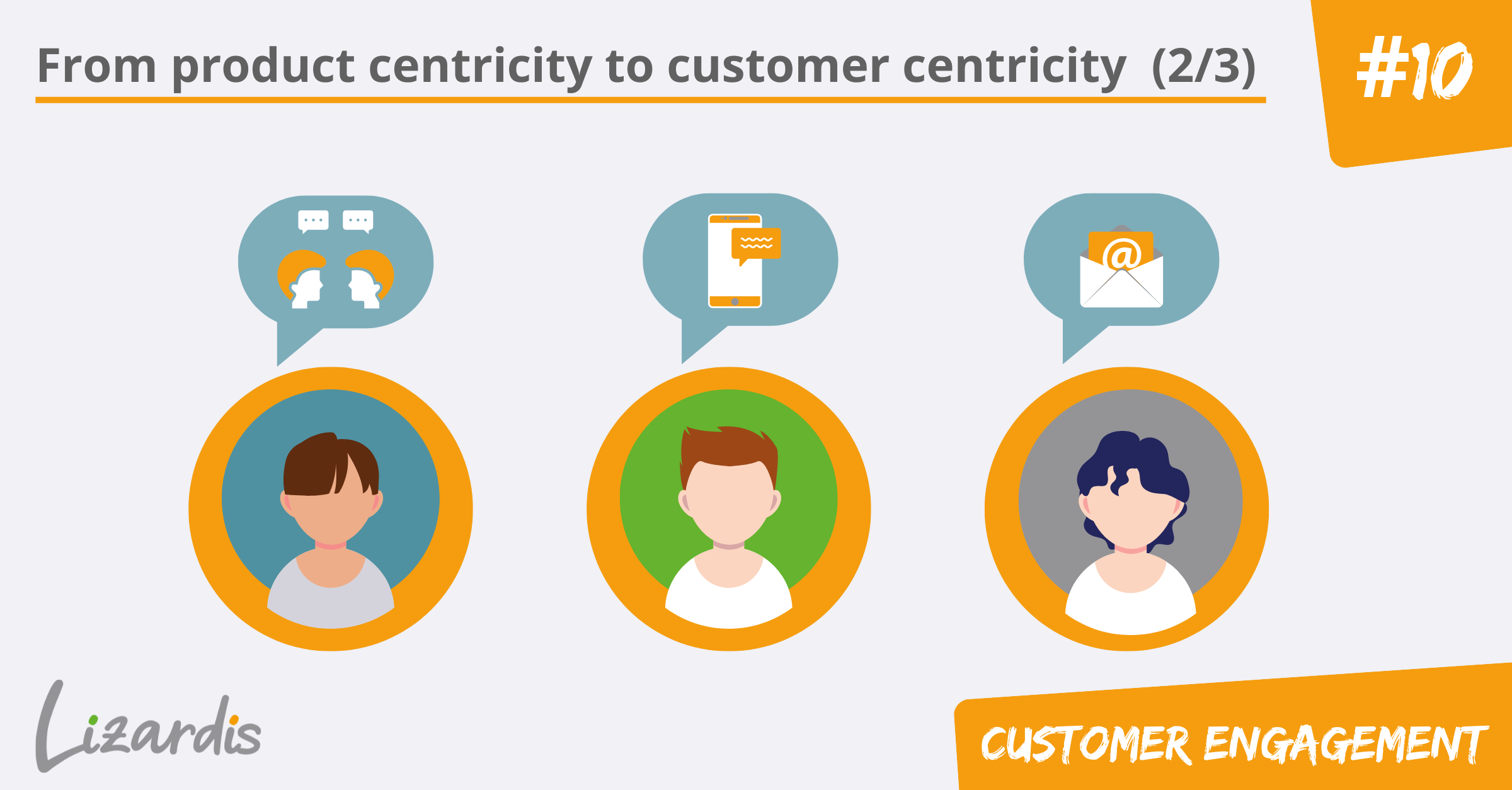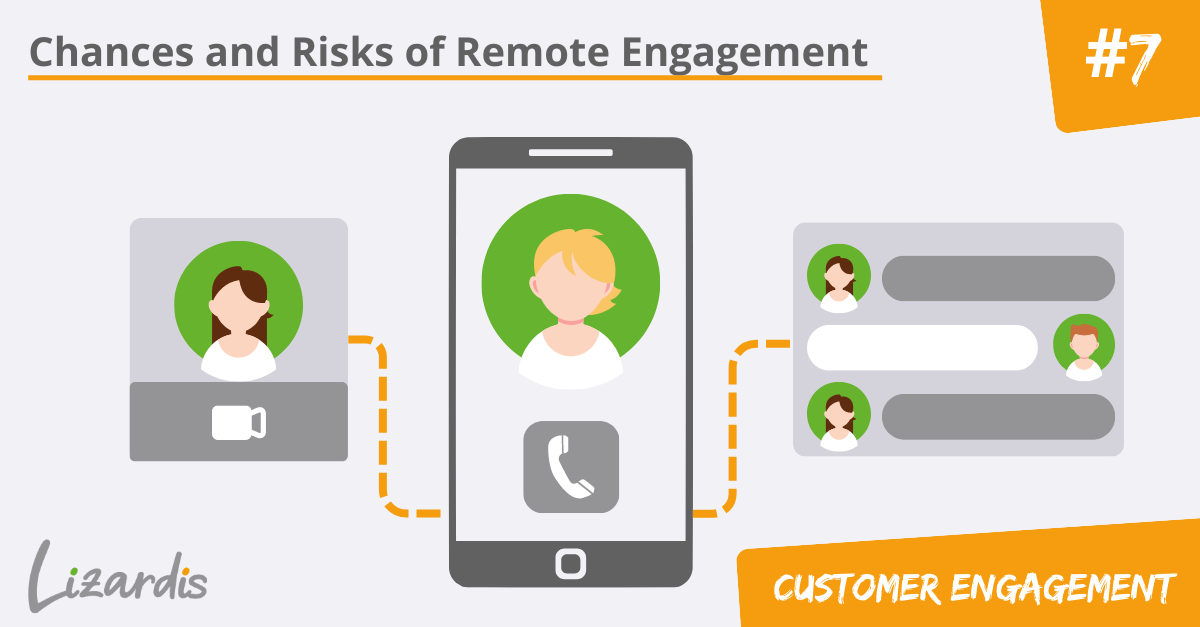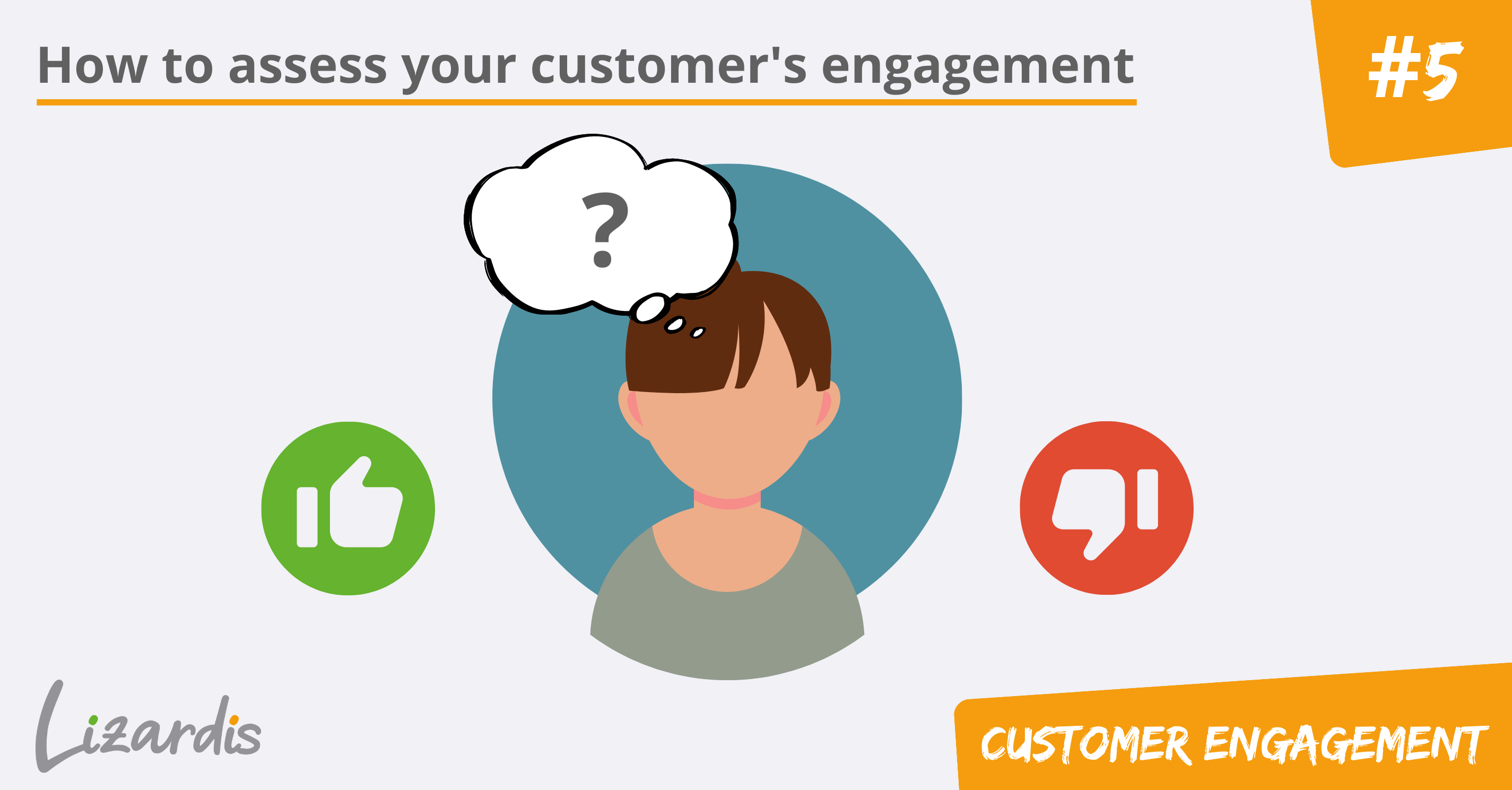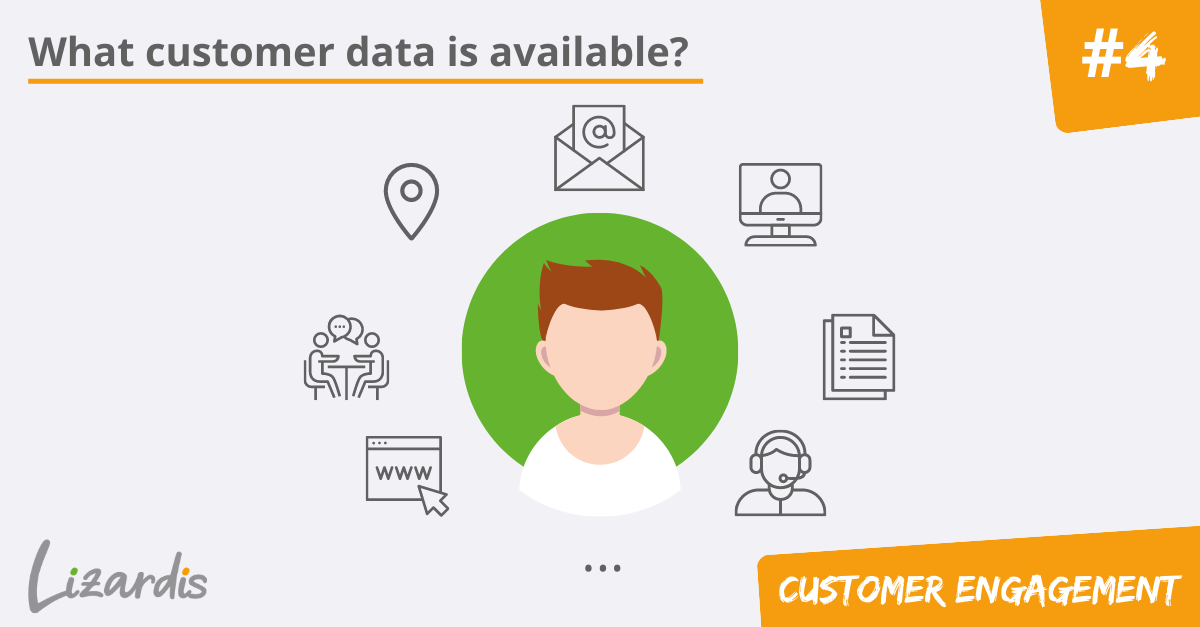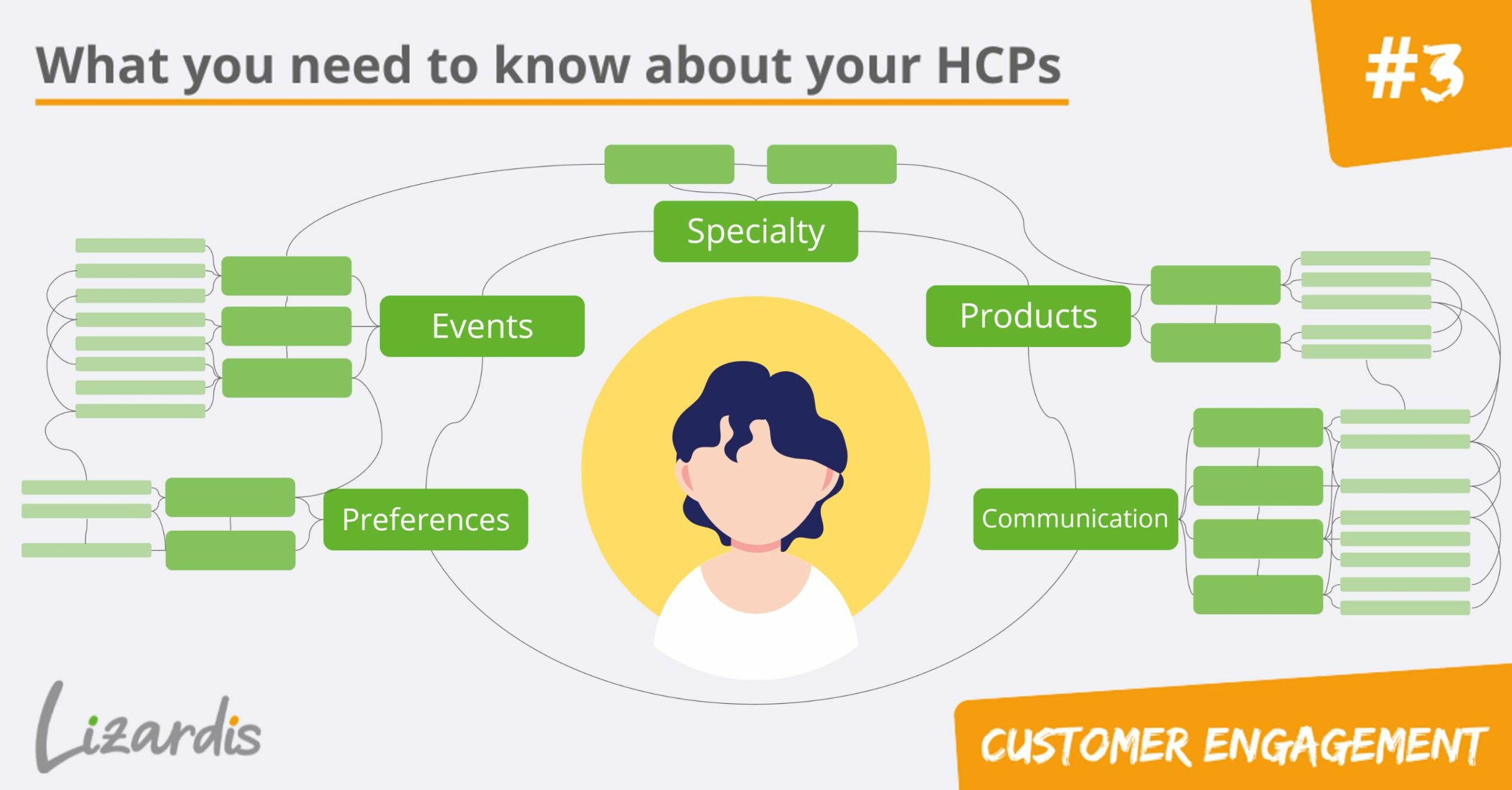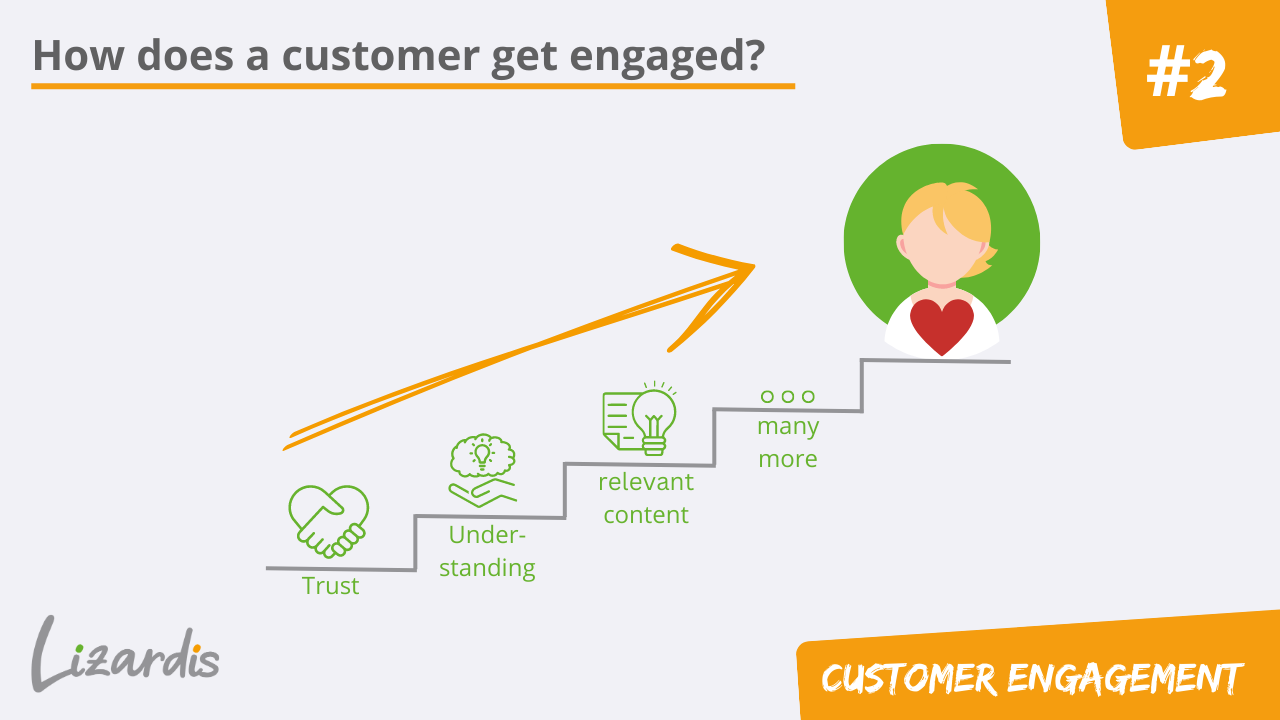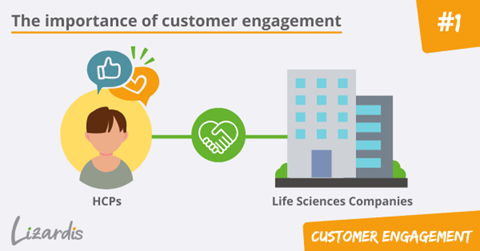Hannover, 4 July 2023
In the previous post, I examined which channels can be used by a life sciences company’s sales representatives or MSL to engage with HCPs. In this post, I will focus on the remote call channel (also referred to as remote engagement, video call, or video conferencing), in particular.
I will describe how to successfully use the channel and explain why in some countries it is well received, while it is strongly opposed in others.
What is remote engagement?
Remote calls have already been used to engage with customers of life sciences companies prior to the pandemic. However, remote engagements are often the only way to engage with customers due to pandemic-related lockdowns, contact restrictions, and a change in mindset among HCPs. In this context
are being discussed.
Unlike a visit to the customer’s HCO, where it is not uncommon to try to approach the target person spontaneously, a remote call requires a different form of planning and preparation. This includes:
However, as mentioned at the beginning, this channel is too important to disregard despite the increased effort in the training and preparation of sales reps and MSLs.
In order for a video call to be carried out professionally, a number of obstacles have to be overcome, as we will see. But before we start, I would like to take a closer look at the solutions that are currently available and being used in practice.
Video conferences with Microsoft Teams, Zoom, WebEx or similar tools
Solutions such as Microsoft Teams, Zoom, WebEx and similar technologies have not generally been introduced primarily for use in life sciences companies to conduct remote customer contact. Rather, they were introduced to
- replace standard telecommunications with desktop telephones,
- simplify internal communication within the company,
- and at the same time enhance it with more functionality, such as chat, file sharing, etc.
With the impact of the pandemic and the subsequent need to find an alternative channel to the traditional phone call with the HCP, it was an obvious choice for many life sciences companies to use the technical solution that was
- already available,
- widely known,
- and easy to use.
More importantly, HCPs were already familiar with these solutions through their professional or personal environments and therefore readily accepted a suggestion from the sales rep or MSL to meet remotely via video call as well.
However, more advanced features, such as signature capture, were missing and it was not possible to verify that the shared content was compliant.
The simplicity of these tools also comes at a price: the content of the conversation, materials shown, and questions still to be clarified at the end of a call must be documented separately within the CRM system. The probability that this is done only fragmentarily is given at the very least, and with it comes the risk that important aspects of customer engagement will not be identified or will be lost.
Remote engagement solutions integrated in CRM
Prior to the pandemic, CRM solutions tailored to the life sciences industry, such as OCE from IQVIA or Veeva CRM from Veeva Systems, already offered modules for remote detailing. These are fully integrated into the CRM system and compensate for some of the weaknesses present in the standard solutions described earlier. Both OCE Remote Engagement and Veeva Engage allow for 1:1, 1:few, or 1:many video calls that are scheduled through accounts in the CRM system and account for email consents for invitations. Additionally, they also enable the sharing of content that has been approved as compliant and the mapping of the remote call directly as an interaction with the customer in the customer profile and in the history of all contacts.
When the first lockdowns occurred and sales reps and MSLs had no choice but to work exclusively from home, life sciences companies were forced to increasingly license these solutions. This set a trend that few companies were able or willing to evade. At the same time, however, they were confronted with a list of challenges that demanded answers.
What obstacles must be overcome?
In addition to the technical implementation, preparing the organization for a “new” technology and its applicability are the main challenges.
The following are the key steps that should be addressed when introducing remote engagement as a new channel in the life sciences industry:
- Change management for all stakeholders involved, not only for end users
- Training of end users, acquisition of a necessary skill set
- Preparation of email templates and CLM presentations needed for remote calls on the part of the marketing department
- Development of a call guide with best practices for convincing HCPs
- Development of quick reference guides for end users and customers, to assist them
- Overcoming technical obstacles, such as:
-
- Do the HTML5 invitations also reach hospitals and similarly secured HCOs?
-
- What technical infrastructure does an HCP need in his own practice to be able to dial in?
- Which browsers support VoIP?
- Are CLM presentations responsive and do they automatically adapt to common monitor resolutions?
- Is there an app solution that an HCP can alternatively download to a tablet, iPad, or smartphone to dial in?
- Implementation of a pilot project with pilot users and selected customers
- How are remote calls evaluated? Analog to F2F contacts or in a different way? Are guidelines linked to the remote engagement channel in terms of frequency and cadence?
- Development and description of suitable KPIs and mapping in existing BI and reporting solutions
- Involvement of the works council, if available
In other words: Introducing remote calls as another active channel integrated into the CRM system is not an option that can be implemented overnight. Nevertheless, it offers numerous opportunities and advantages when used correctly.
What are the opportunities and benefits of remote engagement?
The Veeva Pulse Report, released in November 2022, shows that HCPs are not generally returning to the status quo ante after the pandemic has subsided. Meaning, they no longer necessarily favor visits by sales reps or MSLs to their HCOs.
On the one hand, the report shows that HCPs limit themselves to contacts from two to three life sciences companies, and on the other, that they are also amenable to alternative channels such as email and remote calls. While these preferences have not emerged uniformly across the globe, there has nevertheless been an overall increase in video calls. Clearly, HCPs recognize this channel as another, if not the only, option to engage with life sciences company representatives.
Some of the benefits that remote calls offer HCPs include:
In addition to these benefits, however, there are also some opportunities and advantages for the life sciences company, but especially for the specific Sales Rep or MSL, when using the Remote Engagement channel:
Despite its many advantages and opportunities, this channel remains underutilized in practice.
Why is remote engagement used so little?
Even though the aforementioned Veeva Pulse Report clearly shows that video calls have increased in frequency, the increases are still manageable and by no means represent an overflowing bucket. When asked about the reasons for the low acceptance on the part of representatives of life sciences companies, the argument “it is due to the country or the culture within a country” is often used. In a way, this answer is both true and false.
The general digital usage behavior within society certainly plays a role, although I clearly distance myself from identifying the age of those involved on both sides, HCPs as well as sales reps or MSLs, as a cause, for example. Even if a company is actually or supposedly lagging behind in digitization, this cannot serve as a blanket explanation for a negative attitude toward the remote engagement channel. Admittedly, making video calls in rural areas via an ISDN line may be more difficult than via a fiber optic connection, but one could still argue: “Where there’s a will, there’s a way!” This brings us to the heart of the question of why remote calls are not only rarely used, but in some cases even completely rejected.
For both HCPs as well as sales reps or MSLs, it is not uncommon that the reluctance to use remote calls is due to a clinging to the familiar, the old and the accustomed. If life sciences companies demand a change in thinking on the part of their own sales reps or MSLs, this inevitably generates reservations and rejection.
As humans, we don’t like changes that we haven’t brought about ourselves. If I, as a pharmaceutical sales representative, am told that I now have to address and contact customers differently, I inevitably think of countless arguments against it, especially if the learned, traditional and cherished channel of F2F contact continues to exist on an equal footing and may or is intended to be used again to a greater extent after the pandemic.
To list just a few of the arguments that I myself have heard from participants in various life sciences companies during numerous remote engagement implementation projects:
-
- „Well, the doctors don’t want to give me their email address. “
- „The emails with the invitation won’t even arrive at the hospital – because of the firewall. “
- „The invitation for the appointment doesn’t show up in my Outlook calendar, so I still have to look at the CRM calendar or create a duplicate entry myself. “
-
- „The remote call doesn’t show up in the customer’s calendar either. By the time the call is due, the customer has long forgotten about it. “
- „The solution integrated within the CRM system is not as easy to use as Microsoft Teams or Zoom. “
- „Doctors don’t want to click on links that have the word ’engage’ in it – they’re suspicious of that. “
- „Doctors are afraid that the spoken words will be recorded. “
- „I’m not an IT guy who has to ask the doctor questions about the IT infrastructure, the browser they’re using, or the Internet performance, and then evaluate whether a video call is even technically feasible. “
-
- „I don’t have the space at home for a separate monitor, keyboard, mouse and webcam to make the remote call professionally. You can’t do it by just using a tablet, after all. “
- „My internet line is too bad. “
As can be seen, arguments of the representative of the life sciences company on his own behalf are roughly balanced with those expressed by HCPs. The bottom line is that suitable answers and solutions can be found for every issue – if one wants to!
One approach to doing this is primarily to create further added value for both sides. Accordingly, some of the solutions integrated in the CRM systems OCE from IQVIA and Veeva CRM from Veeva Systems are being provided with impressive new functions that are intended to make it easier for HCPs and sales reps or MSLs to understand the Remote Call channel as an opportunity to reach customers differently and also to retain them in this way.
In the process, the almost holistic solutions are being interwoven more and more with the existing F2F call and Rep Triggered email channels. It is now possible to send the HCP an appointment request for a call, in which the customer decides for himself at what point in time the call should take place. The sales representative or MSL then only has to accept this appointment request and has the scheduled contact mapped not only in the CRM calendar but also in the customer profile.
As part of the preparation, the CLM presentation slides can then be compiled as support for the customer meeting. How this takes place, on site, at the HCO or virtually, no longer plays a major role, both options are possible.
It is also interesting that the content shown can increasingly be shared with the customer. The customer does not receive a printout, but a link, so that it is possible to track when the HCP accesses it. In addition, features such as Approved Chat or Remote Signature Capture are important enhancements to make it easier for the sales or medical field force to recognize remote calls as a useful and important addition to the channels through which customers can be contacted.
As a result, a solution must be easy to use on the one hand, but also flexible to deploy and design on the other, so that the end user accepts and uses it. If a sales rep or MSL is convinced by the technology, he will not only use it, but also convince customers to enter the exchange via the remote engagement channel.
If a life sciences company uses an integrated remote call solution, it is easier to analyze the collected data as only one system needs to be selected for viewing. If the selected video call solution is not integrated into the CRM system but is implemented through various systems to be orchestrated by the sales rep or MSL, analyzing the information gathered is more complex, but by no means impossible. Using appropriate connectors or interfaces, the data can also be exported, transformed, and reloaded here, for example in a data warehouse, a customer data platform, or even in the CRM system.
Which option do you use?
Is remote engagement being used as a channel?
Is this channel used by sales reps, MSLs and other end user groups?
You want more insights?
Check out our other blog articles about customer engagement!
Omnichannel-Management: From product centricity to customer centricity (3/3)
How do you measure the success of your omnichannel strategy and customer-centric approach? Learn more about possible methods for measuring omnichannel efforts.
Omnichannel-Management: From product centricity to customer centricity (2/3)
The successful implementation of omnichannel requires an organizational change away from traditional silo thinking towards customer orientation.
Rep Triggered Email platforms – What is the most sensible way to integrate this channel to promote customer loyalty?
In this article, I will review the so-called Rep Triggered Emails channel. I will outline what approaches exist for this channel in the life sciences industry, what tools are used and what data can be obtained in this way.
Remote Engagement – what opportunities does it offer for life science companies?
In this post, I will focus on the remote call channel (also referred to as remote engagement, video call, or video conferencing), in particular and describe how to successfully use the channel.
Use this data to assess your customer’s engagement as a life sciences company
Which data and insights help me to assess customer engagement as a life sciences company? And how can I improve customer engagement? Learn more in this article.
What customer data is available to life sciences companies?
Correct data collection & processing is not the favorite topic of many, but immensely important! Without data no information & therefore no reliable statements.
This is what you should know about your customers in the life sciences industry
Learn here, what you as a life sciences companies should know about your customers to inspire them to further engagement, and how to come to that knowledge.
How to turn a customer into an engaged customer
There are several factors for influencing a customer to become an engaged customer. These include - amongst others - trust, understanding and relevant content. Learn more.
What is customer engagement and why is it so important?
Everyone is talking about customer engagement. But what excatly is it, why is it important and how do I optimize customer engagement? Learn more in our blog post.


